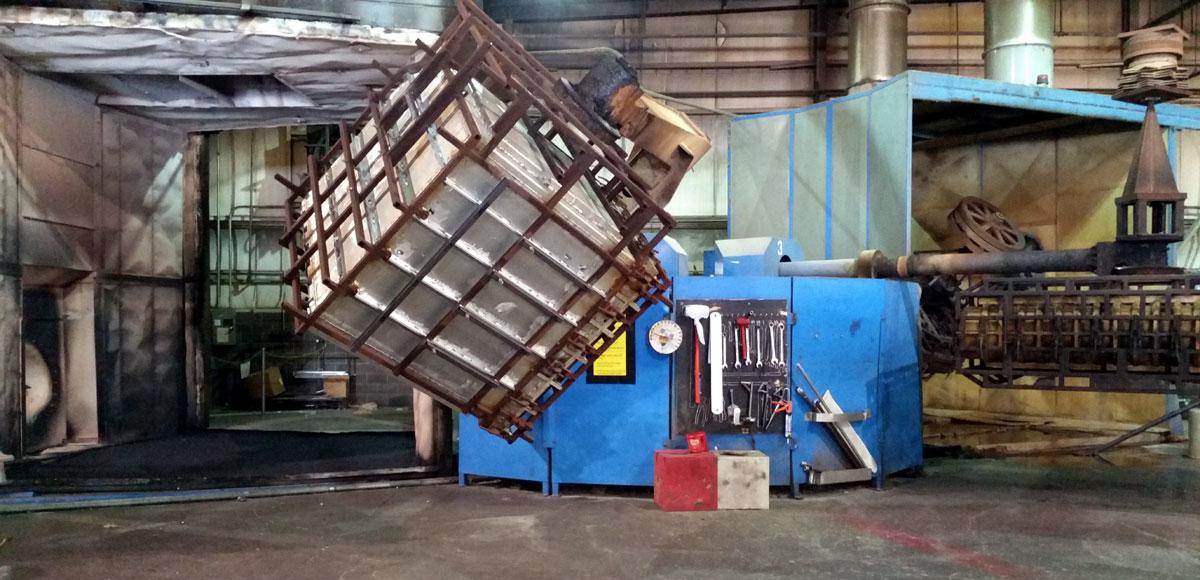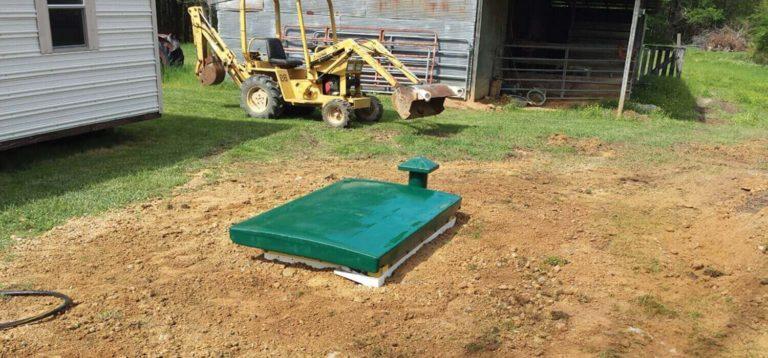Rotational molding, commonly referred to as rotomolding, is really a versatile Plastics Rotomolding process that provides numerous advantages for production a wide variety of worthless plastic products. This process requires heating a worthless form filled up with powdered resin, turning it on two axes, and enabling the substance to fur the inner equally before cooling. It is widely used across various industries including automotive, agriculture, furniture, and client goods. Below are the primary advantages of applying Rotomolding in manufacturing.

Cost-Effective Tooling and Production
One of the important great things about rotomolding is its reduced tooling price in comparison to other plastic molding methods like shot or hit molding. Molds for rotomolding are generally made from metal, which can be more affordable and faster to fabricate. This helps it be a cost-efficient choice for short to medium generation runs or prototyping.
Uniform Wall Thickness and Architectural Integrity
Rotomolding enables standard wall width through the product. Since the resin adheres evenly to the mold's inside during the turn method, the final product is clear of poor areas and inconsistencies. This uniformity increases the toughness and structural strength of the item, rendering it ideal for high-stress applications.
Design Freedom and Complex Styles
This method helps a top amount of design flexibility. It allows companies to make complicated designs and curves minus the constraints confronted in different molding techniques. Functions like undercuts, molded-in inserts, dual surfaces, and different surface finishes may be incorporated into the mold, lowering the necessity for secondary processes.
Smooth, One-Piece Structure
Rotomolding generates services and products in a single, smooth piece. Unlike functions that include joining numerous parts, rotomolding eliminates seams and weld lines, which are typical points of failure. That is very beneficial for tanks, containers, and outside furniture that require water or substance resistance.
Product Performance and Minimal Waste
The process is very material-efficient with little waste. Unused substance can often be recycled or reused in potential production runs. That not only reduces material charges but additionally supports sustainable manufacturing practices.

Broad Range of Purposes
Rotomolding is suited to a number of plastic resins, including polyethylene, polypropylene, and nylon. It could make anything from small toys and bins to big professional tanks and automotive components. That broad applicability causes it to be a preferred method for diverse production needs.
Increased Solution Efficiency
Items made out of rotomolding tend to have remarkable impact opposition and toughness due to the gradual cooling process, which decreases inner stress. That makes them perfect for outdoor use and programs subjected to harsh environments.
To conclude, rotomolding is a very helpful production process that provides cost-efficiency, style flexibility, and exemplary solution quality, making it a great choice for many industrial and industrial applications.
